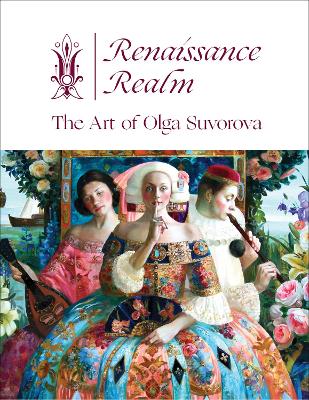The Russian Avant-Garde - the Khardzhiev Collection at the Stedelijk Museum Amsterdam
by Geurt Imanse and Elena Basner
We are proud to offer this important book on icons dating from the sixteenth to the nineteenth centuries. These sixty icons from the Kolomenskoye State Museum are presented with full descriptions of their origins and symbolic meanings written by a leading specialist in Old Russian art. This lesser-known collection shows the evolution and development of Russian iconography through its themes, styles and details - for example, historical figures such as Peter the Great featured in the battlefield...
Since the beginning of his career in the 1960s, Russian artist Erik Bulatov has investigated the potential of painting as social commentary. A founder of the school of Moscow Conceptualism-alongside Ilya Kabakov, Collective Actions, and Komar & Melamid among others-Bulatov developed what has been described as conceptual painting, using text and image to explore spatial preoccupations that mirror his understanding of social relations. This book follows the making of the artist's largest work to d...
With the launch of Moscow Art Magazine in 1993, curator and critic Viktor Misiano gave readers access to a rich variety of theory, criticism, and artists' texts by Russian and international writers. It is the only independent art journal in Russia which has weathered they country's economic crises and continued to publish innovative, and at times challenging, writing on visual art up to the present day.Critical Mass: Moscow Art Magazine 1993-2017 is published to mark the 100th issue of the magaz...
Russian Art in the New Millennium
by Sergei Reviakin and Edward Lucie-Smith
There is surprisingly little, and certainly nothing comprehensive, written about the contemporary Russian scene now. What appear in the West are mostly reports about so-called ‘dissidents’, not about what is happening in this vast culture, taken as a whole. Too often, these reports seem to be primarily inspired by a desire to demonstrate Western cultural and political superiority. The aim of Russian Art in the New Millennium is not to support any one cause, but to look at the situation as it now...
This is the first book in the English language devoted to the life and art of Russia's national artist, Ilya Repin (1844 1930). Esteemed by both prerevolutionary and Soviet Russia, Repin is placed beside Tolstoy, Dostoevsky, Musorgsky, and Rimsky-Korsakov for the magnitude of his contribution to Russia'a cultural heritage. Repin gave to Russia a wealth of canvases on contemporary and historical themes as well as many exceptional portraits of the noted personalities of his day. His paintings incl...
Moscou sur Seine
Magnificence of the Tsars
by Svetlana A. Amelekhina and Alexey Konstantinovich Levykin
The grandeur of Imperial Russia is captured in this spectacular book featuring the dress and uniforms of Emperors and officials of the Russian court. Starting in the 1730s with lavishly embroidered coats and elaborately patterned silk banyans from the wardrobe of Tsar Peter II and spanning a period of almost two centuries, these garments document a unique dialogue between military uniform, court dress, European fashion and traditional Russian costume. "Magnificence of the Tsars" celebrates the m...
Covering the period from the beginning of the Cold War to the installation of the International Space Station, this book documents a rare collection: almost 250 mission patches worn by Soviet and Russian cosmonauts since 1963. Alexander Glushko, one of the leading specialists in the history of manned space flight and rocket technology in Russia, presents numerous emblems with individual explanations in their applied context: as patches worn on spacesuits. The collection not only comprises partia...
The postsocialist contemporary joins a growing body of scholarship debating the definition and nature of contemporary art. It comes to these debates from a historicist perspective, taking as its point of departure one particular art programme, initiated in Eastern Europe by the Hungarian-American billionaire George Soros. First implemented in Hungary, the Soros Center for Contemporary Art (SCCA) expanded to another eighteen ex-socialist countries throughout the 1990s. Its mission was to build a...
Assembled during the last twenty years, the José Maria Castañé collection of paintings, drawings, and prints constitutes a panorama of late nineteenth and early twentieth century Russian art, one of the most exciting moments of modern cultural history. Unlike other representations in the West, however, the Castañé collection does not focus exclusively on the avant-garde, Socialist Realism or the dissident movement, but, instead, offers a broader and sometimes alternative enquiry into the history...
Performance art in Western Europe and North America developed in part as a response to the commercialisation of the art object, as artists endeavoured to create works of art that could not be bought or sold. But what are the roots of performance art in Eastern Europe and Russia, where there was no real art market to speak of? While many artworks created in the 'East' may resemble Western performance art practices, their origins, as well as their meaning and significance, is decidedly different....
This book examines the legacy of international interwar modernism as a case of cultural transfer through the travels of a central motif: the square. The square was the most emblematic and widely known form/motif of the international avant-garde in the interwar years. It originated from the Russian artist Kazimir Malevich who painted The Black Square on White Ground in 1915 and was then picked up by another Russian artist El Lissitzky and the Dutch artist Theo van Doesburg. It came to be understo...
Russian painter Olga Suvorova is internationally known for her brilliant reinterpretations of English Pre-Rafaelite art, described by critic Viktoriya Syslova as "amazingly modern in their exquisite theatricality." Both exuberant and philosophical in mood, her richly detailed worlds depict people who are somehow familiar to us, even in their extravagant costumes. In this first-person account, accompanied by over 150 images of her colorful paintings, Suvorova describes her backgro...

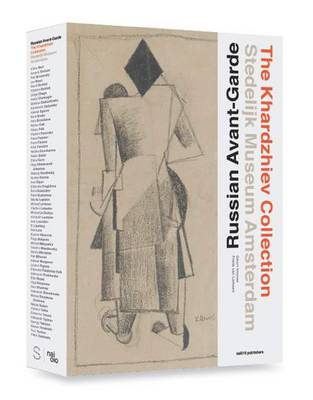
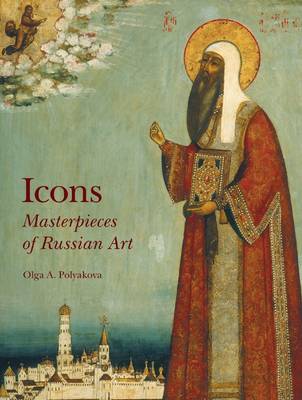
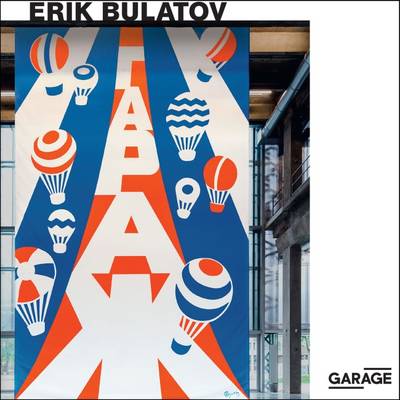
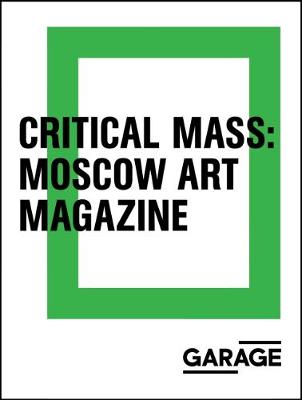
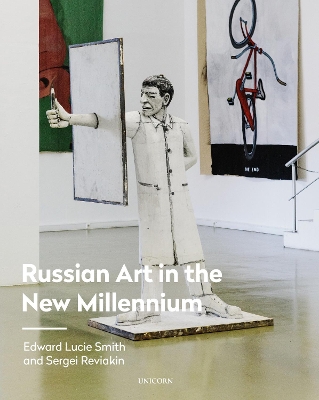
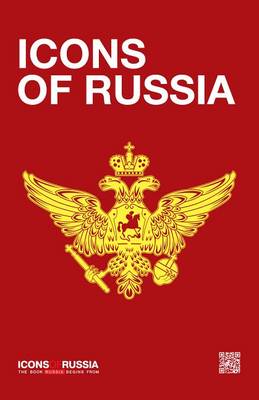
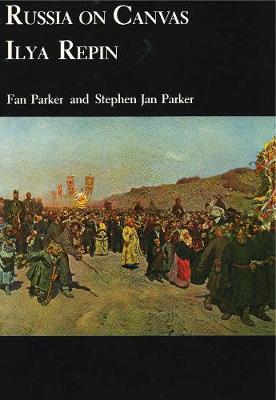
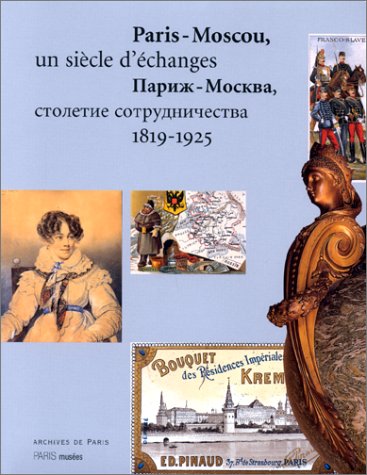
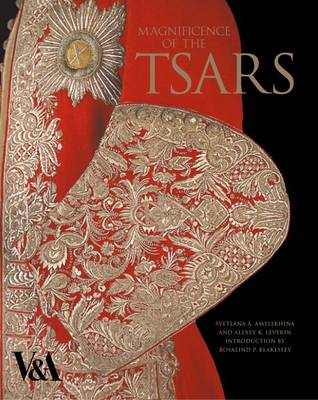
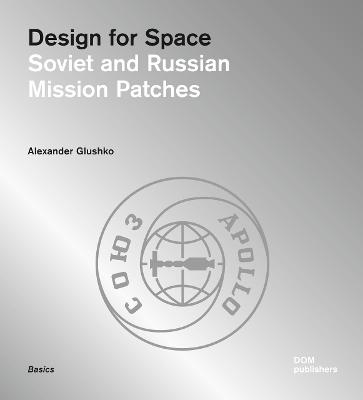
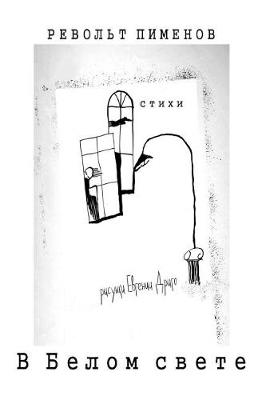
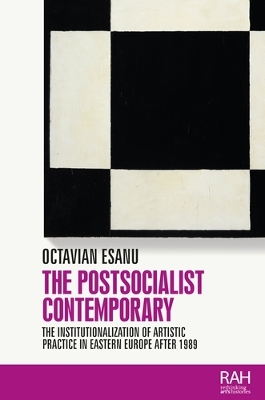
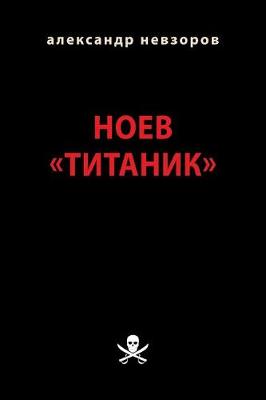
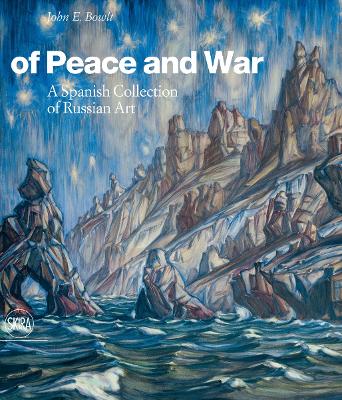
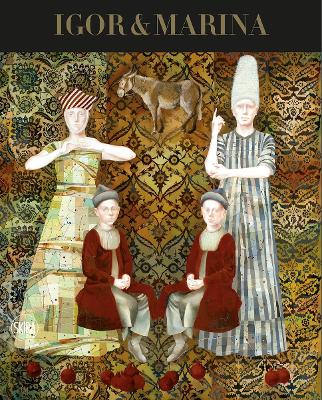
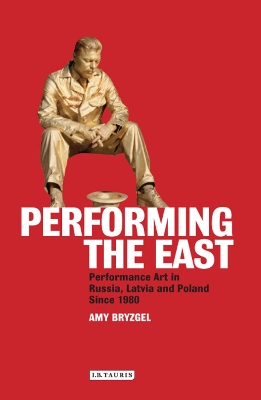
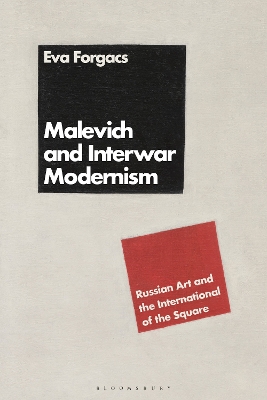
![Cover of Icons [Hc]](https://images.bookhype.com/covers/36/b6/91578448-f5dc-4294-8ce3-855bd5326b63/9781844845583-ad6feda366fb70e346f44d.jpg)
